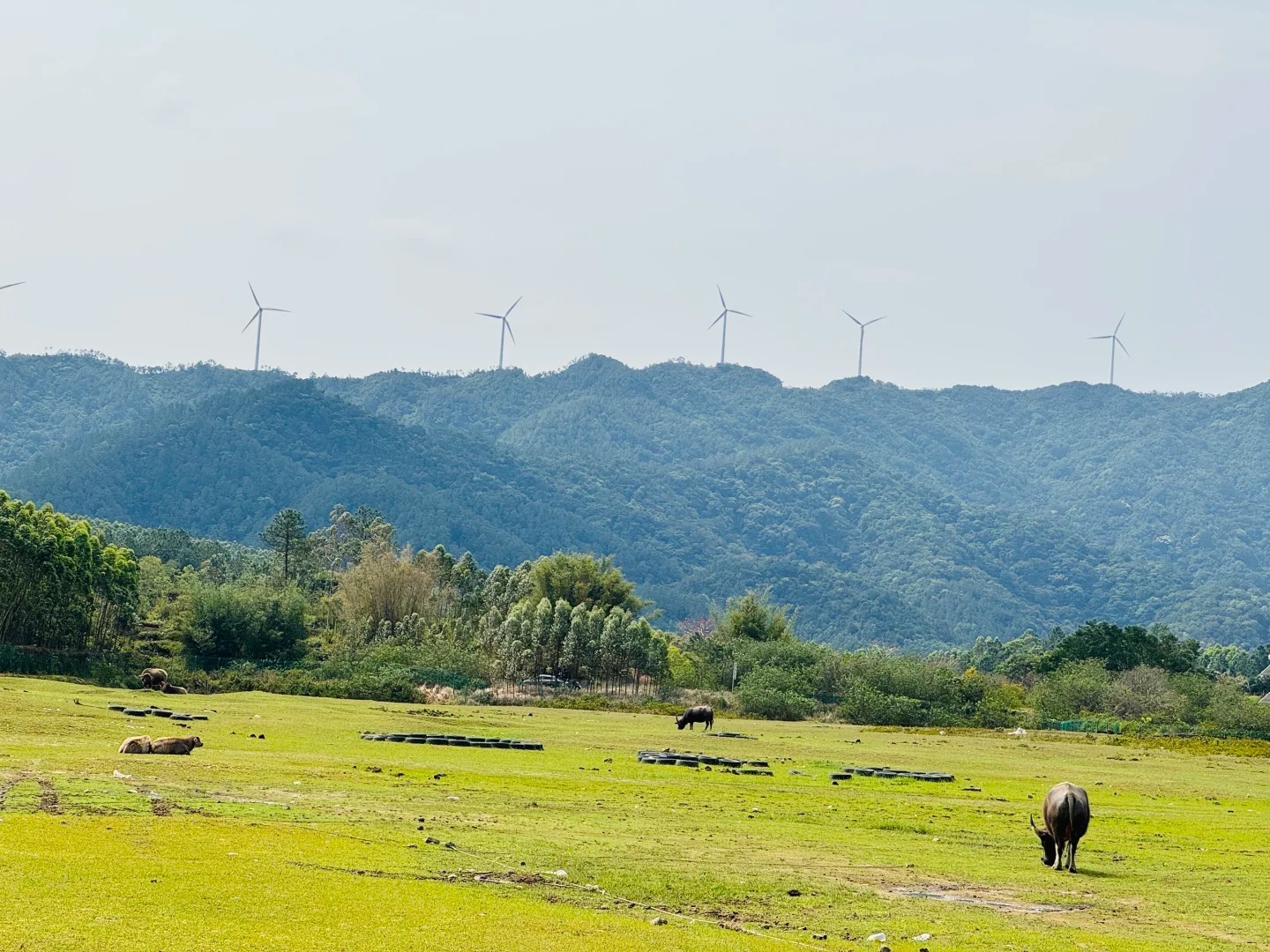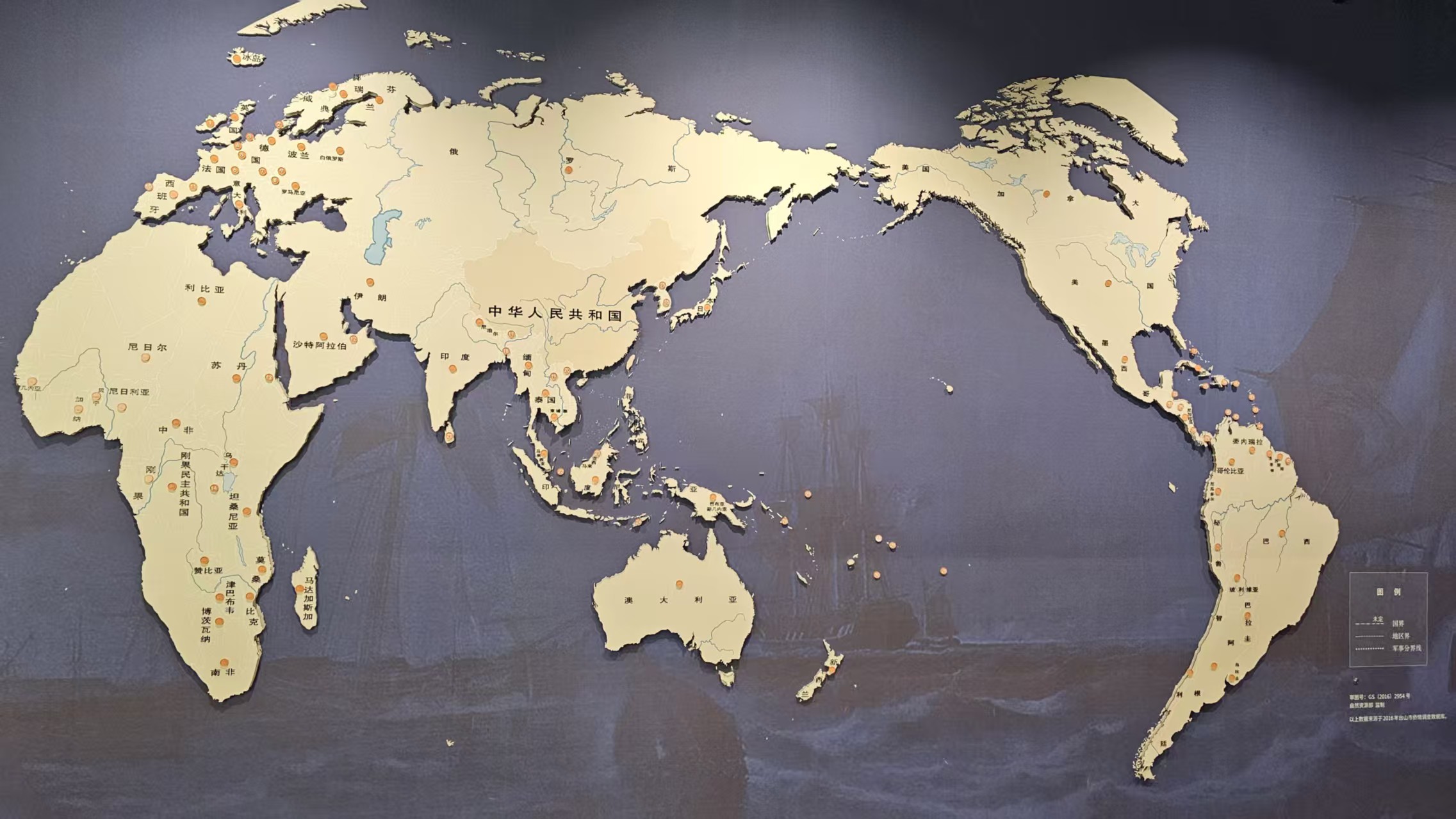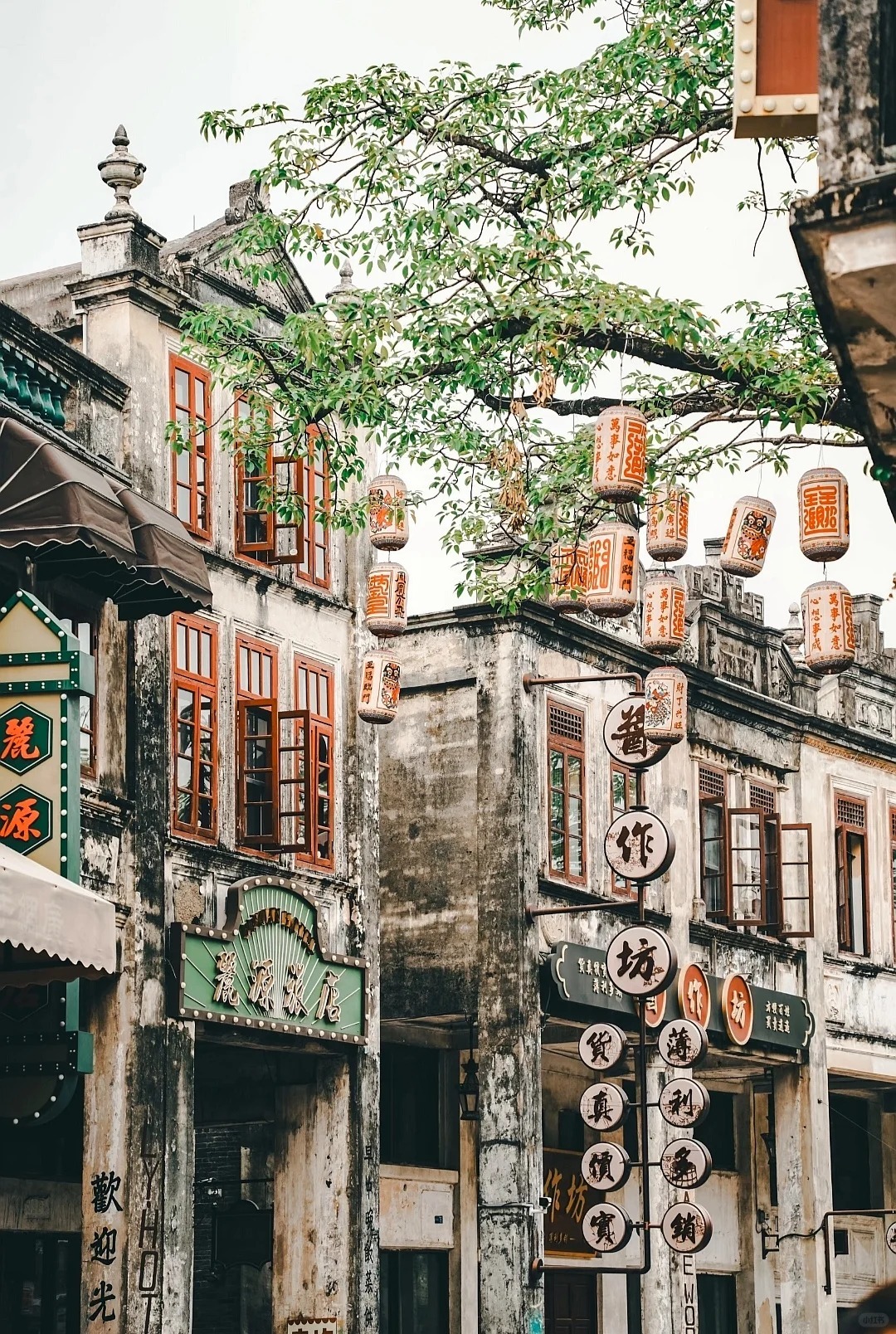Roots Across the Sea: Understanding the Guangdong Five Counties Diaspora Legacy
For millions of overseas Chinese whose families trace their origins to the Five Counties (Wuyi 五邑) region in Guangdong—namely Xinhui, Taishan, Kaiping, Enping, and Heshan—their ancestors’ migration was more than a physical journey. It was a saga of survival, resilience, and global identity forged from hardship and hope.
A Fertile Land Shaped by Challenge
Situated along the historically vital southern coastline of China, the Five Counties possess a unique geographic and cultural landscape that has long influenced their people’s trajectory. The region’s proximity to the South China Sea made it both a strategic trading hub and a vulnerable frontier—exposed to natural calamities, pirate incursions, and foreign invasion. Despite the fertile river deltas and rich marine resources, life here was often a battle against poverty, political unrest, and systemic suppression.

From as early as the Ming dynasty (1368–1644), inhabitants of the Five Counties began migrating overseas, driven by famine, failed rebellions, and oppressive regimes. Historical events like the pirate invasions of Xinhui and Taishan during the early 1500s, where people were abducted or massacred by Portuguese marauders, left scars on the population. As recorded, the 1523 invasion of Taishan by Portuguese forces led to widespread destruction, while in 1569, kidnappings of women and children in Xinhui were documented.
During the Qing dynasty (1644–1911), especially in the pre-Opium War period, these migrations escalated due to policies like the “Haijin” (maritime bans) and the drastic “Qianjie” (forced coastal evacuations), which devastated coastal communities. In the 1660s, the Qing government forcibly displaced tens of thousands of residents from coastal areas including Xinhui and Taishan, uprooting over 8000 families and destroying tens of thousands of acres of farmland. These policies forced many into starvation or compelled them to flee to Southeast Asia for survival.
Trade, Turmoil, and Transformation
Though maritime trade was at times banned, it remained a vital lifeline. The port of Guangzhou and satellite harbors like those in Xinhui and Taishan became key exit points for both merchants and migrants. Guangzhou, being the empire’s sole legal foreign trade port under the Canton System, made nearby regions like the Five Counties critical junctures for emigration.

Economic hardship pushed countless farmers, fishermen, and artisans to seek livelihoods abroad. During the Ming and Qing periods, a series of large-scale peasant revolts erupted in the Five Counties. From Huang Xiaoyang’s armed rebellion in 1448 that mobilized 50,000 troops and seized several counties, to the sustained anti-Qing resistance led by Zhang Baozai and the anti-tax revolts throughout the 16th century, political instability shaped emigration as both a necessity and an escape.
Even piracy contributed to the Guangdong Five Counties diaspora story. Figures like Zhang Baozai, a Xinhui native and the most powerful pirate in the South China Sea in the early 1800s, commanded fleets of over 300 ships and 20,000 men. Though later surrendering and joining the Qing military, his followers either returned home or dispersed across Southeast Asia.

The people of the Five Counties were not passive victims of fate. They were traders, soldiers, revolutionaries, and laborers whose journeys helped shape the Chinese diaspora. Whether serving in Nanyang tin mines, building railroads in North America, or establishing Chinatowns across the Pacific, they carried with them the language, customs, and kinship networks born of their homeland.
Cultural Identity and Enduring Legacy
The overseas Chinese community from the Five Counties retains a distinctive cultural imprint—a product of both their homeland’s traditions and their diaspora experiences. Dialects like Taishanese, family association halls (Tong), ancestral temples, and qiaopi (letters and remittances sent home) became lifelines that preserved identity across generations.

The Five Counties were, and remain, exceptional in their outsized contribution to overseas migration. Though making up a small geographic portion of China, they account for a significant share of the global Chinese diaspora. This is no coincidence. The confluence of poverty, opportunity, foreign invasion, forced evacuations, and a strong maritime tradition made these lands both difficult to live in and inevitable to leave.
By the late Ming and early Qing periods, Western colonial powers also contributed to forced migration. Portuguese forces in the early 1500s abducted Chinese coastal villagers from Taishan and Xinhui, forcing them into slavery in Southeast Asia. These events, recorded in local gazetteers, show how some Chinese were taken overseas against their will—further diversifying the roots of the Guangdong Five Counties diaspora.
Why This History Matters Today
For descendants of Guangdong Five Counties diaspora migrants, learning this history is a journey of rediscovery. It explains why your family left, what they faced, and what they brought with them. It brings clarity to values like perseverance, community loyalty, and self-reliance—traits that often define overseas Chinese identity.
Understanding this legacy also honors the sacrifices of those who came before. Their decisions, whether made in desperation or ambition, were acts of courage. As the descendants of these pioneers, reclaiming their stories is more than nostalgic curiosity; it is a reclaiming of cultural heritage, a stitching together of a transoceanic legacy that continues to evolve.
Returning to the Source

Modern descendants are increasingly returning to the Five Counties, seeking ancestral villages, visiting heritage museums, and rebuilding family ties. These pilgrimages are not only acts of remembrance but also declarations of belonging. In a world increasingly defined by diaspora and mobility, the story of the Guangdong Five Counties diaspora is a powerful reminder that roots and wings can, and often do, coexist.
For those descended from this land, the Five Counties are not just a point on a map. They are a living, breathing legacy of migration, memory, and meaning—a homeland not forgotten, but rediscovered, one generation at a time.
Frequently Asked Questions
The Guangdong Five Counties, also known as Wuyi (五邑), include Xinhui, Taishan, Kaiping, Enping, and Heshan. This region in Guangdong has a long history of migration, particularly to Southeast Asia, North America, and other parts of the world.
Migration from the Five Counties began as early as the Ming and Qing dynasties, driven by factors like famine, poverty, political instability, pirate invasions, and forced evacuations. Many sought better opportunities abroad, contributing to the growth of the global Chinese diaspora.
The Guangdong Five Counties diaspora has had a significant influence on overseas Chinese communities. Descendants of migrants from this region helped establish vibrant Chinese communities in places like Southeast Asia, North America, and Australia, preserving cultural traditions such as language, cuisine, and family associations.
Zhang Baozai was a prominent pirate from the Taishan region, known for his resistance against foreign invasions and his leadership in the South China Sea. His story is deeply intertwined with the Guangdong Five Counties diaspora, symbolizing the resilience and adventurous spirit of the region’s people.
The Piaose parade in Taishan is a 500-year-old traditional celebration that features large, colorful floats and performances. It’s an important cultural event for the Guangdong Five Counties diaspora, highlighting the region's rich heritage and maintaining connections to ancestral roots.
The Five Counties' strategic location along the southern coast of China made it both a hub for trade and a target for piracy and foreign invasions. This geographical vulnerability, combined with limited resources and natural disasters, led many to seek better prospects abroad.
Descendants of the Guangdong Five Counties diaspora often return to their ancestral villages, participate in cultural festivals like the Piaose parade, and visit heritage sites to reconnect with their heritage. Many also engage in genealogical research to explore their family history.
Overseas communities from the Five Counties have preserved a rich cultural heritage, including dialects like Taishanese, traditional architecture, ancestral worship practices, and community rituals such as family association halls and temple festivals.
Modern Guangdong, particularly in regions like Taishan and Kaiping, reflects its historical connection to the diaspora through cultural landmarks, ancestral halls, and the ongoing return of descendants who visit to honor their roots. The landscape of Wuyi also blends traditional rural life with modern developments like wind energy.
The legacy of the Guangdong Five Counties diaspora is evident in the global Chinese community, where descendants continue to contribute to local societies while maintaining strong ties to their ancestral homeland. The region’s rich history of migration and resilience continues to shape its cultural identity.
Steven
Roots of China was born from my passion for sharing the beauty and stories of Chinese culture with the world. When I settled in Kaiping, Guangdong—a place alive with ancestral legacies and the iconic Diaolou towers—I found myself immersed in stories of migration, resilience, and heritage. Roots of China grew from my own quest to reconnect with heritage into a mission to celebrate Chinese culture. From artisans’ stories and migration histories to timeless crafts, each piece we share brings our heritage to life. Join me at Roots of China, where every story told, every craft preserved, and every legacy uncovered draws us closer to our roots. Let’s celebrate the heritage that connects us all.



